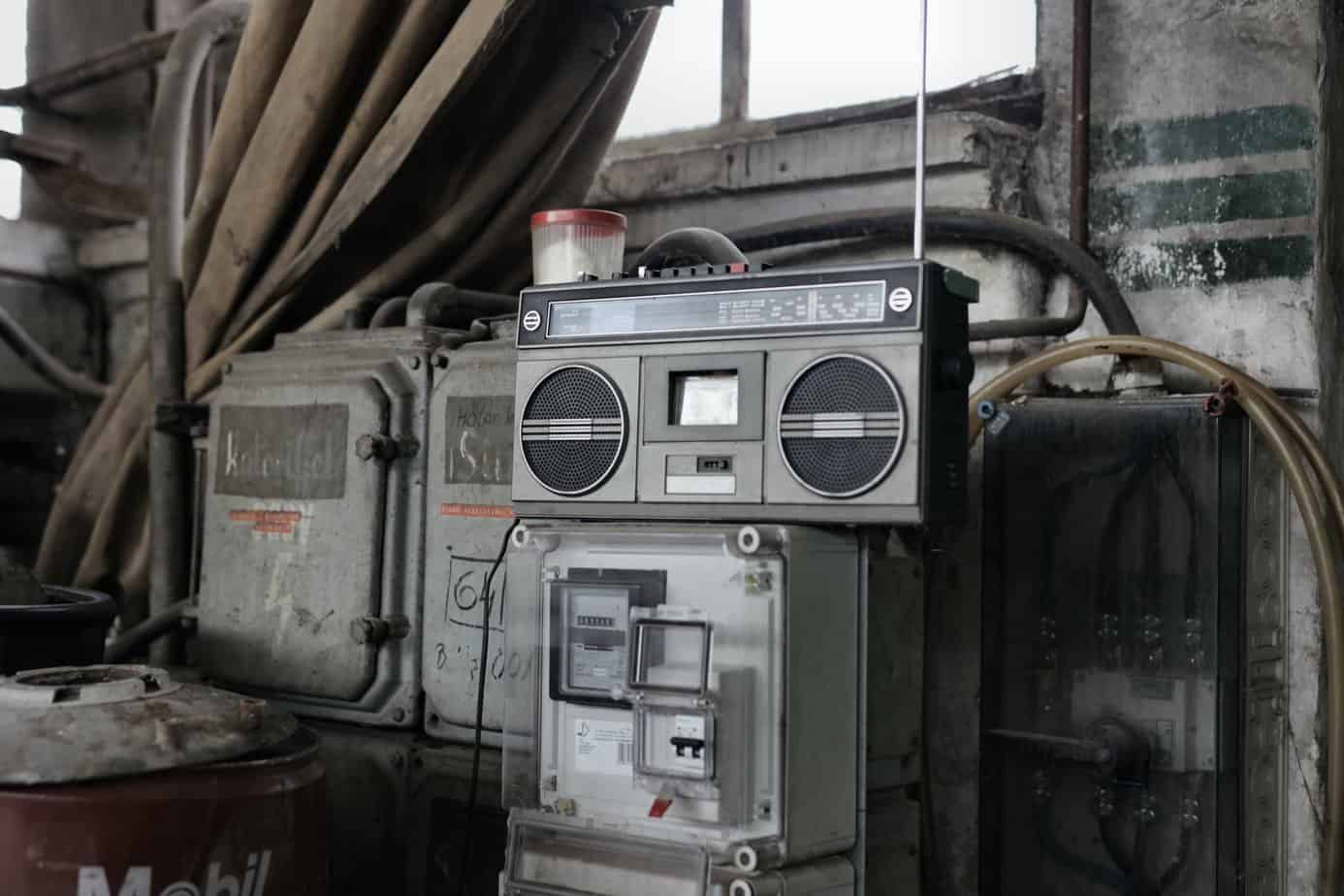
Portable radios have been an essential tool for public service workers in the United States for decades. From law enforcement officers to firefighters to emergency medical technicians, portable radios have been an indispensable means of communication, enabling public service workers to coordinate their efforts and respond to emergencies quickly and effectively. In this article, we’ll explore the history of portable radios in public service in the USA, their role in emergency response, and some of the challenges and advancements in the field.
Portable radios were first used by the military during World War II, and it didn’t take long for their potential in civilian applications to become apparent. The first public service agencies to adopt portable radios were police departments in large metropolitan areas, with the NYPD being one of the first to use them. In the 1960s, the Federal Communications Commission (FCC) began allocating radio frequencies specifically for public service use, which allowed for the development of more reliable and secure communication systems.
In the decades that followed, portable radios became standard equipment for a wide range of public service workers, from police officers to firefighters to emergency medical technicians. With the advent of digital technology, portable radios have become even more sophisticated, with features such as GPS tracking, text messaging, and video streaming.
Portable radios play a crucial role in emergency response, allowing public service workers to communicate with each other and coordinate their efforts in real-time. In situations where every second counts, reliable and effective communication can be the difference between life and death. For example, in the aftermath of the 9/11 attacks, first responders used portable radios to coordinate their efforts and save lives.
Portable radios also enable public service workers to stay in contact with their command centers and receive real-time information and updates about emergency situations. This is particularly important in large-scale emergencies such as natural disasters, where communication systems can become overwhelmed and unreliable.
While portable radios have been an essential tool for public service workers for decades, they have also presented some challenges. One of the biggest challenges has been ensuring that communication is secure and not intercepted by unauthorized parties. In recent years, advancements in encryption technology have helped to address this issue.
Another challenge has been ensuring that portable radios are compatible with different communication systems used by different agencies. Interoperability has been a major issue in the past, but efforts to develop common communication standards have helped to address this problem.
Advancements in portable radio technology have also brought many benefits. For example, digital technology has enabled the development of more sophisticated communication systems that are more secure and reliable. GPS tracking has also been a significant advancement, allowing command centers to monitor the location of public service workers in real-time.
Portable radios have been an essential tool for public service workers in the United States for decades. They have played a crucial role in emergency response, enabling public service workers to coordinate their efforts and respond to emergencies quickly and effectively. While there have been some challenges, advancements in technology have helped to address many of these issues. With continued advancements in portable radio technology, public service workers will be better equipped to respond to emergencies and save lives.
Main photo: Andrea Piacquadio/pexels.com
Sponsored text